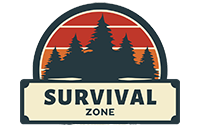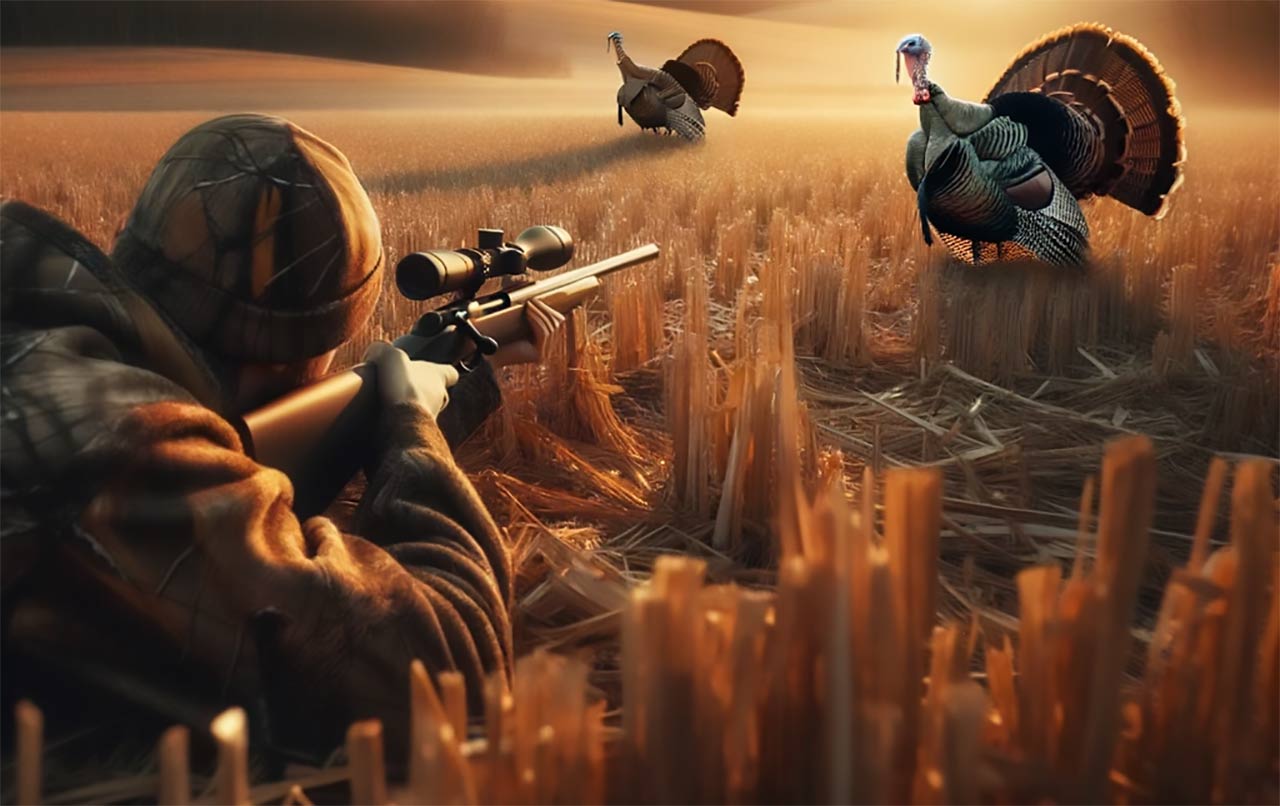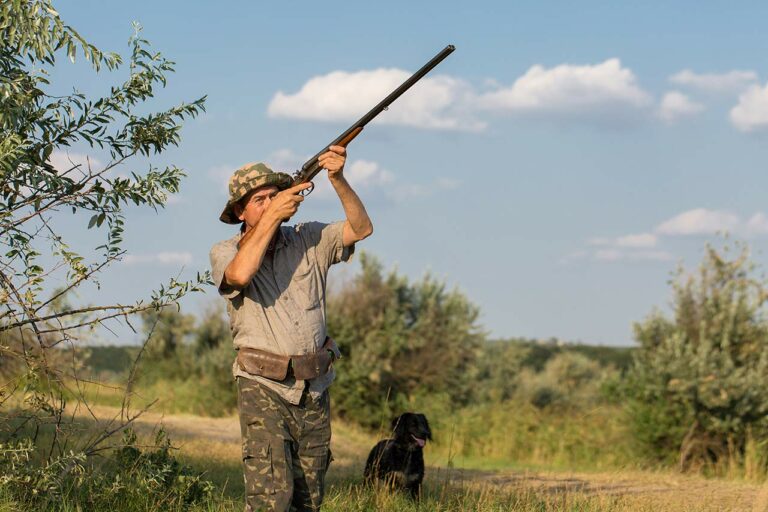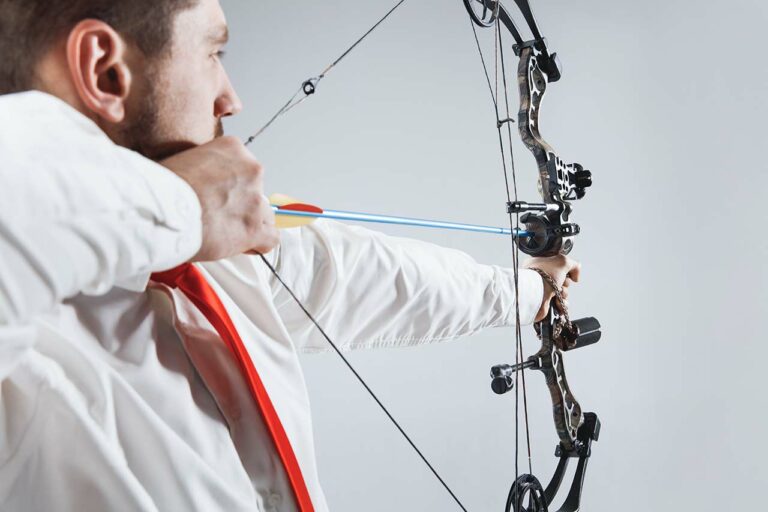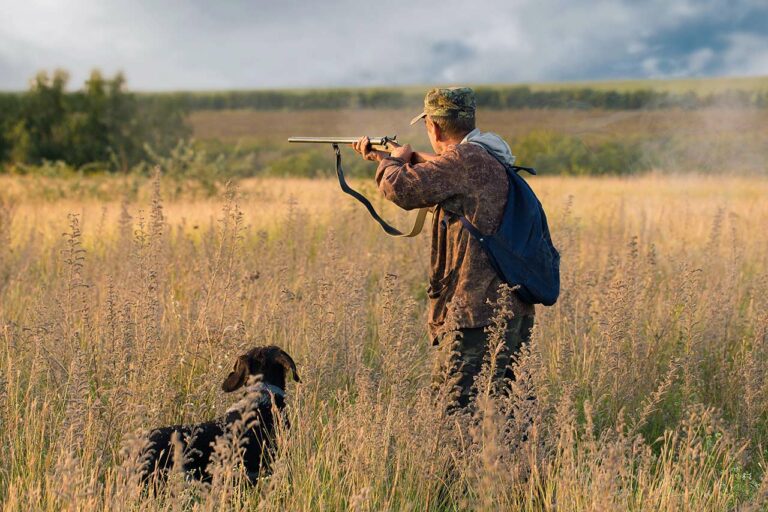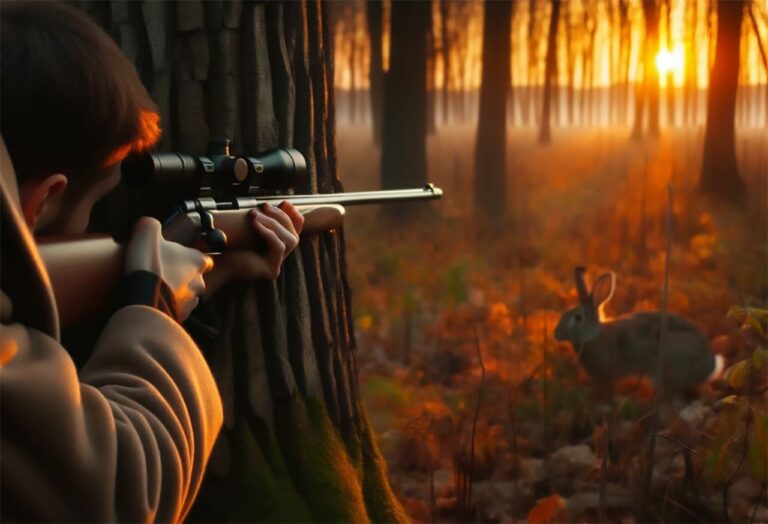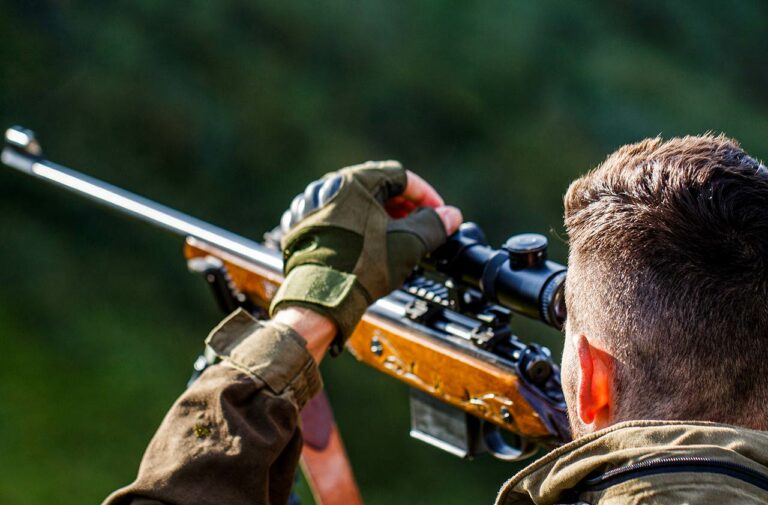Turkey Hunting Tips For Beginners
Turkey hunting can be an exciting and rewarding hunting venture for beginners, but it’s essential to be well-prepared before embarking on your first expedition. Wild turkeys are known for their keen eyesight and wariness, which can make them challenging to pursue. But with a few key tips in mind, you can increase your chances of a successful turkey hunting experience.
Preparation Phases
Early Stage Planning
Before you head out on your first turkey hunt, you’ll need to do some planning to ensure a successful and legal experience. Here are the things you need to think about before the hunt begins:
- Regulations: Know the hunting regulations in the area where you plan to hunt. Make sure you know the specific rules about shooting times, licensing requirements, and any other restrictions.
- Gear: Invest in the right gear for turkey hunting, including appropriate clothing, weapons, and calls. This will help you stay comfortable and safe, and make you more effective in the field.
- Weather and Season: Turkeys are more active and responsive to calls in the spring and fall – so plan your hunting trip accordingly (assuming its legal turkey season in your hunting location).
Scouting for Turkeys
Scouting is a critical part of turkey hunting. Pre-season scouting can help you find the best hunting spots and increase your chances of success when it’s time to hunt. Here are a few tips to help you find the perfect location for turkey hunting:
- Look for Signs: Common signs of turkeys include tracks, droppings, and feeding and roosting sites. Pay close attention to these signs while scouting to identify areas frequented by the birds.
- Listening: As you walk through the woods, listen for turkey calls and gobbles. This can not only help you locate wild turkeys, but will give you a chance to observe their behavior and vocal patterns. You can use this information to improve your calling techniques.
- Use Technology: While it may not be the most sporting way, technology can help make scouting a lot easier. Use trail cameras and topographic maps to better understand the terrain and identify likely turkey hangouts.
- Observe from a Distance: It’s essential to scout from a distance to avoid spooking turkeys before a hunt. Use binoculars or spotting scopes to watch for turkeys without disturbing their natural patterns.
- Timing: The best time for scouting is early in the morning and late in the afternoon, as turkeys are most active during these times. Try to scout during the same hours you plan to hunt for accurate insights into their activity pattern.
Gear Essentials
Hunting Weapons
When it comes to turkey hunting weapons, you have two main options: firearms and bows. Most beginners prefer shotguns, as they provide a higher success rate. A 12-gauge or 20-gauge shotgun with a tight choke is ideal. If you prefer using a bow, a compound bow or crossbow is recommended. Remember to check your local regulations on legal hunting weapons.
Turkey Calling Devices
There are several types of turkey calls available, each with its own advantages and learning curves. Here are the main types:
- Mouth Calls (Diaphragm Calls): These are small, hands-free devices you use by holding them between your tongue and the roof of your mouth. They require some practice but allow you to call while keeping your hands on your weapon.
- Box Calls: These are wooden box-shaped devices that create turkey sounds when you scrape the lid against the box’s sides. They’re easy to use and produce a variety of sounds.
- Slate Calls: Also known as “pot calls,” these are round devices with a striking surface made of slate, glass, or other materials. You use a striker to create turkey sounds by rubbing it against the surface.
- Locator Calls: These calls are used to locate a gobbler by imitating a different animal sound, such as an owl or crow. Once the turkey responds, you can switch to a different type of call to lure it in.
Camouflage and Concealment
Camouflage is essential for turkey hunting, as these birds have excellent eyesight. When camouflaging for a turkey hunt, keep these points in mind:
- Invest in a good-quality camo pattern that matches the environment you’ll be hunting in.
- Make sure you’re fully covered, including your face, hands, and any exposed skin.
- Don’t forget your gear, such as your gun or bow. It’s a good idea to use camo wrap or tape to conceal them.
In addition to camouflage clothing, consider using a ground blind or makeshift blind made of natural materials to help you blend into your surroundings.
Additional Hunting Gear
Here are a few more essential pieces of gear to have with you on your first turkey hunt:
- Binoculars: A good set of binoculars will help you spot turkeys from a distance to avoid spooking them.
- Seat or cushion: As you’ll likely be sitting for extended periods, a comfortable seat or cushion is a worthwhile investment.
- Backpack or vest: You’ll need something to carry your gear, calls, snacks, and water. A dedicated hunting backpack or vest with multiple pockets is a good choice.
This is just some of the basic gear you’ll need to get started in turkey hunting. As you gain more experience, you may find other items that enhance your hunting experience, but these essentials will give you a solid foundation.
Understanding Turkey Behavior
Turkey Sounds and Communication
As a beginner turkey hunter, it’s essential to familiarize yourself with turkey sounds and communication. Turkeys communicate through various vocalizations, such as the gobble, yelp, purr, and cluck. Gobbles are made primarily by toms (male turkeys) to advertise their location to hens. Yelping is a common turkey call to locate other turkeys. Purring is often used by turkeys while feeding, signifying contentment, whereas clucks are short, less frequent sounds used primarily for signaling positions.
Understanding and imitating these turkey sounds can improve your calling skills and help you locate and attract toms more effectively. While you’re hunting, listen for these sounds to gauge the mood and intentions of the turkeys in your area.
Wild Turkey Species and Habitat
There are several wild turkey species, and their behaviors and habitats vary. Familiarize yourself with the species that inhabit your hunting area, as this knowledge will benefit your overall hunting strategy. Turkeys can be found in various ecosystems, from dense forests to open fields, which means patterns of movement and behaviors will vary depending on their preferred habitat.
Turkey habitats typically include trees for roosting, open areas for feeding, and dense areas for nesting. Turkeys spend their nights in trees and are on the ground searching for food during the daytime.
Turkey Targeting Basics
To target wild turkeys successfully, you should understand their daily routines and patterns. Toms and jakes (young male turkeys) are typically more interested in breeding during the spring, making them more susceptible to calls and decoys.
Set up your turkey decoys strategically to lure in toms and jakes. Using both hen and tom turkey decoys can create a more convincing scene that may encourage a tom to approach. Position the decoys in visibly open areas, ensuring you have a clear line of sight between your hunting spot and the decoys for the best results.
Hunter Movement and Strategies
Wild turkeys have exceptional eyesight, making concealment crucial for a successful hunt. Practice patience and allow turkeys to move within range before taking a shot. Swift or unnecessary movements can spook the birds and ruin your chances of a successful hunt.
Techniques and Strategies
Effective Turkey Calling
Effective turkey calling is essential for every beginner. It’s important to understand the different types of turkey calls available – mouth calls, box calls, slate calls, and others. Start by mastering one or two calls, like the cluck and yelp, to avoid overwhelming yourself. As you gain experience, you can incorporate more complex sounds into your repertoire.
When calling, keep it natural and authentic. Try to mimic actual turkey vocalizations as closely as possible. Pay attention to how the turkeys are responding to your calls and adapt accordingly. If you’re getting no response or the birds seem spooked, consider decreasing the frequency and volume of your calling.
Shot Placement and Execution
Shot placement is crucial for ethical and effective turkey hunting, and good shot placement can only come with practice.
Before going on your first hunt, it’s crucial that you pattern your shotgun. Head to the range to understand how your shotgun patterns with your chosen ammunition and choke. This brings consistency and accuracy to your hunting experience.
While Hunting
When on the hunt, focus on a turkey’s head and neck area when shooting, as this ensures a quick, humane harvest. Wait for the bird to be within an ideal range, usually within 40 yards, before pulling the trigger. Practice patience and wait for the right opportunity to ensure a successful outcome.
Frequently Asked Questions
Which time of day is most effective for turkey hunting?
Morning and late afternoon are considered prime times for turkey hunting. Turkeys often leave their roosting sites at dawn, so arriving before sunrise can provide an excellent opportunity to catch them on the ground. In the late afternoon, you may catch gobblers returning to their roosts, providing another good chance for a successful hunt.
How can I determine the best location to hunt turkeys?
The key to finding good turkey hunting locations is scouting and tracking their activities. Look for signs such as tracks, droppings, and roosting sites. It’s also helpful to listen for vocalizations like turkey gobbles or hen yelps to help you zero in on their locations.
Beyond the woods, you can consult local hunters, wildlife biologists, or online hunting forums for more information about prime turkey hunting spots in your area.
How do I acquire the necessary hunting licenses and permits?
Acquiring the necessary hunting licenses and permits is essential before heading out on your first turkey hunt. In most areas, you’ll need a general hunting license and a specific turkey tag or permit. The process varies by state and country, so be sure to check with your local wildlife agency or government office for information on requirements and deadlines for your area.
What camo patterns and strategies work best for blending in while turkey hunting?
The goal with camouflage is to blend into your surroundings so turkeys don’t detect your presence. Select camo patterns that match the area you’re hunting, such as woodland or grassland patterns.
